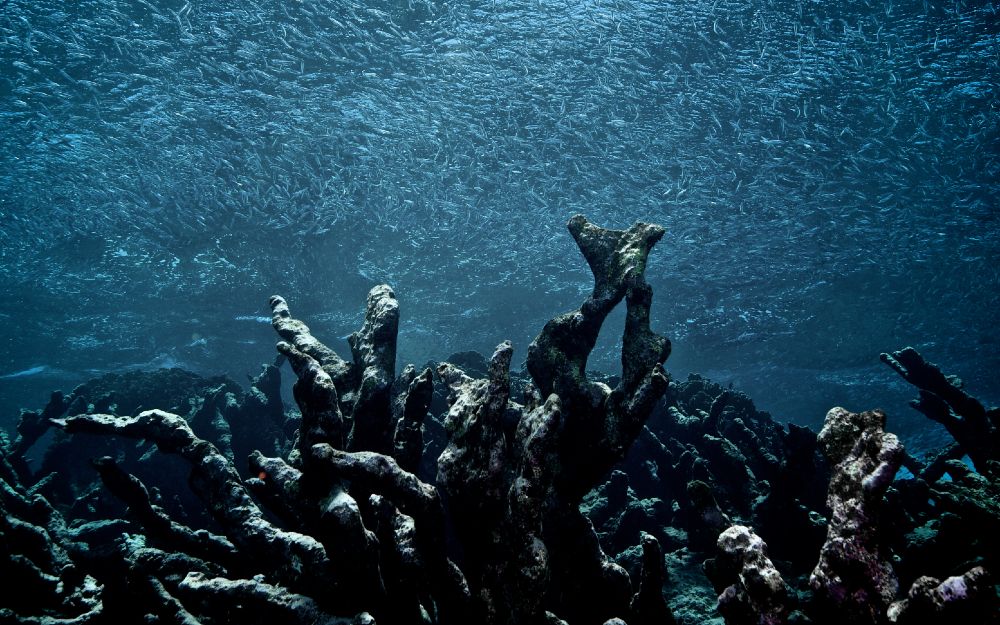Module 3: Lesson 2
Students will use graphs provided by the Earth Systems Research Laboratory at Mauna Loa to make projections about the amount of CO2 in the atmosphere and the amount of CO2 being absorbed into the oceans. They will read scientific papers on ocean acidification and write an overview of what they learned. Lastly, students will calculate their carbon footprint and look for solutions to this local and global issue.

Lesson Plan
Essential Question(s): How does human population growth impact greenhouse gas emissions and in turn impact the ocean? How do societal demands influence personal choices and impact our carbon footprints?
Objectives: By the end of this lesson, students will be able to:
- Evaluate and communicate information about human-induced greenhouse gas emissions and how they are impacted by human population growth
- Construct explanations about the relationship between the human impact on the environment in relation to the burning of fossil fuels and greenhouse gasses
- Design and defend a sustainability plan to reduce their individual contribution to environmental impacts in terms of greenhouse gas emissions by finding ways to reduce their household carbon footprints
- Obtain, evaluate and communicate information to reduce human impact on natural resources by finding ways to reduce emission on a global scale
Create Connections
Ready for more? We offer many ways to engage with our research.
Standards-aligned programs create a more immersive experience for your students and enhance the learning outcomes of Mission Inspire.
Our professional development camp guides educators in making curricula that connect students with real university research.
Free activities and resources connect learners everywhere with experts from the nation's fourth-largest public research university.